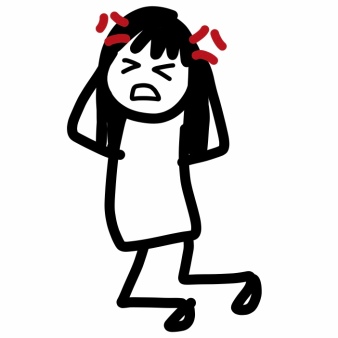Literacy Narrative Part 2 Reflection

Creating this literacy narrative comic was most definitely completely different from any other previous writing I have done. It was also extremely challenging all the way through the process. I think this entire writing process really emphasized the challenges brought up by the learning outcomes for this course. By reading three comic books—Stitches, Spinning, and Kindred—during the process of working on this literacy narrative comic and discussing those works along with reading additional texts such as Making Comics by Scott McCloud, it created the foundation for me to start thinking more in-depth about how these works are composed.
Previously, I have read multiple comics, but I have never processed them as thoroughly as I have done in this class. I feel like in the past while reading comics, I only absorbed the reading as getting an understanding of the plot and having pretty visuals to go along with it—almost like a children’s picture book, but yet because there is usually more content it felt more “mature” reading. That mindset of comics basically just being the visual version of some story’s transcript is probably what made it quite challenging for me once I actually started working on making my comic based on my alphabetic literacy narrative. I wanted to represent my narrative visually, basically word for word. But, the thing I have learned about comics is that the author must really think and strategize about how much information they provide for the reader; it cannot be too vague, but just enough that the reader can understand what is going on without being confused and if there are minor details left out, they can make their own assumptions—based on what the author has already provided. This also caused me to re-write my alphabetic narrative so I could have a clearer idea and organization of what I wanted to depict through my comic.
Because comics implement both words and visuals to present a narrative simultaneously, I decided to make my visuals a combination of images that literally depict whatever explanation I give in the panel as well as images of specific subject matter that remain stored in my photographic memory. While at first, I was unsure of going with that approach because it did not feel much like a “story” as compared to the comics we have read—rather it reminded me more of the Romeo and Juliet “Draw My Life” video I did back in eighth grade—I then realized it is a story, but it simply does not feel the same because I am not using over two hundred pages to tell it.
That realization made me feel a bit more confident in my comic. I wish I could have implemented more thoroughly thought-of and cool choices of moment and choices of frame in my comic, but I think that since I did not have the time to make a whole book with a fuller story for each section—with that “in the moment of action” vibe that can be presented through moment to moment panels—it was what limited my choices a bit. This made me focus a bit more on my choice of image and choice of flow. Just like my choice of image, I wanted to make my choice of flow easy for the reader to follow along. Just how the memories progress with time in a pretty linear manner in my mind, I wanted to depict that. Additionally, in my first rough draft sketches, I was planning to include multiple panels per page, but I decided to cut some off and rearrange the composition on several pages to try and make a clearer distinction of the sections/moments in time I talk about.
